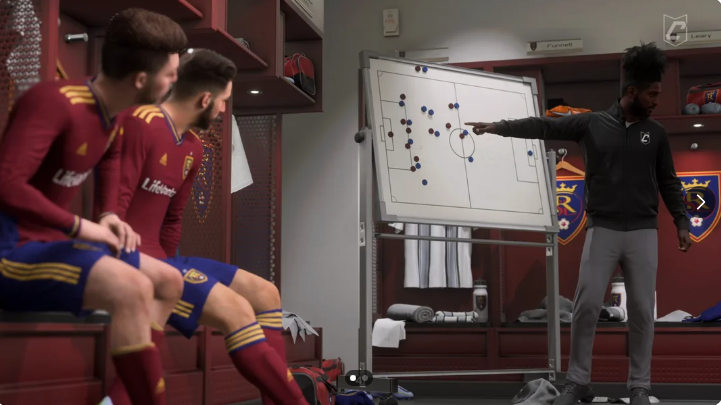Over the last year, the world has faced many challenges. It has felt as though things had come to standstill. While some businesses have struggled, some have flourished and one medium that has continued to grow is social media. With LinkedIn introducing stories to their platform last year as another method of communication, it draws parallels to its contemporaries. With Snapchat, Instagram, Facebook, YouTube and Twitter all having a stories function, it raises the question, “Are the lines between social media becoming blurred?”
Snapchat, the pioneer of the stories function back in 2013, a narrative of snaps with a 24-hour life span that could be shared with friends became an instant hit. With more than 400 million stories created daily, the popularity of the platform hasn’t ceased. However, Instagram has become the front runner with 500 million people using Stories every day so it only makes sense that other social media platforms would want a piece of the pie figuratively speaking.
Stories resonate with people because they can provide in-the-moment content and with the narrative being 24 hours, this provides real-time that is being captured so it makes followers and viewers feel as though they are part of the story. It is also easy to use and allows users to be as creative or less creative as they want to be. It is fun and experimental.
With stories being highly consumable, it’s not just other platforms that have jumped on the bandwagon but businesses too. This can also be said about hashtags.
Hashtags were synonymous with Twitter and allowed people/consumers to find and follow the content of a specific theme. As its popularity rose, other social media platforms have incorporated this such as Facebook and Instagram – where you can use as many as 30 hashtags in one post. YouTube uses hashtags to help with the discovery of videos. Hashtags are a powerful tool.
Speaking of Youtube, this was the archetype of what see today – video marketing. Since its inception in 2005, the online video platform has grown from strength to strength. “Youtube viewers watch over 1 billion hours of video on the platform every day and generates billions of views” – YouTube, 2021. With every social media platform more or less having a video function it keeps viewers and followers engaged. Whether it’s directly on the platform, doing live videos or by using streaming services such as Restream and StreamYard on multiple platforms simultaneously, videos are a proven marketing tool in creating brand awareness. According to multinational technology conglomerate Cisco, “By 2022, online videos will make up more than 82% of all consumer internet traffic — 15 times higher than it was in 2017”.
With stories, hashtags, videos and even polls, it is understandable why some may perceive social media platforms to just being a big blur as each platform has some if not all the same components. However, what some companies have to bear in mind is that not one glove fits all. Each social media has a different demographic and businesses need to focus on who their target audience is and where they are likely to be on social media.
Not every company’s social media needs to have the same content on every page. Yes, it can create uniformity but it can also look bland from a customers perspective. I’ll elaborate. If you are a consumer and are trying to find out more about a company not just by looking at their website, you also tend to look at their social media to get a grasp of what their brand represents. Seeing the same content on every social media platform doesn’t create intrigue or interest but can actually show a lack of creativity and innovation. People want to click on each platform to find out and learn more about a company. I’ll give an example of using one piece of content but spreading it over different platforms.
If a company creates a video for example and say it’s 30 minutes long, you could create a tweet (and use specific hashtags) with a link to the video. On Instagram, you can have a clip of the video as either a story or stories or a post and have a link to the video. With LinkedIn being a business networking platform, you could perhaps give an interesting stat or fact that correlates to the video and then for the viewer to follow the link to the full video. If the link is a full video that’s directly on the companies website amalgamate it with YouTube and then when the viewer clicks on the full video they could also view it through YouTube. However to get even more engagement the video should have a short description in the section that YouTube provides and also within that description a link to all the company’s social media. What I am trying to get at is that there needs to be a strategy.
Businesses have to be strategic and creative in the way that they showcase their brand and just because a new component may arrive on a platform similar to its counterpart (which will continue to happen) doesn’t mean lines have to be blurred. It’s more of an opportunity to be experimental, know where your target audience is, put your thinking cap on and utilize content and social media in unique ways so your customers – old, new and potential will be engaged.
With everything that is going on in the world, this is an opportunity to invest in creating more brand awareness, creatively and strategically which could result in a return on investment; there is nothing blurred about that.
Until next time…
Emmanuel #EKsMarketingViews












